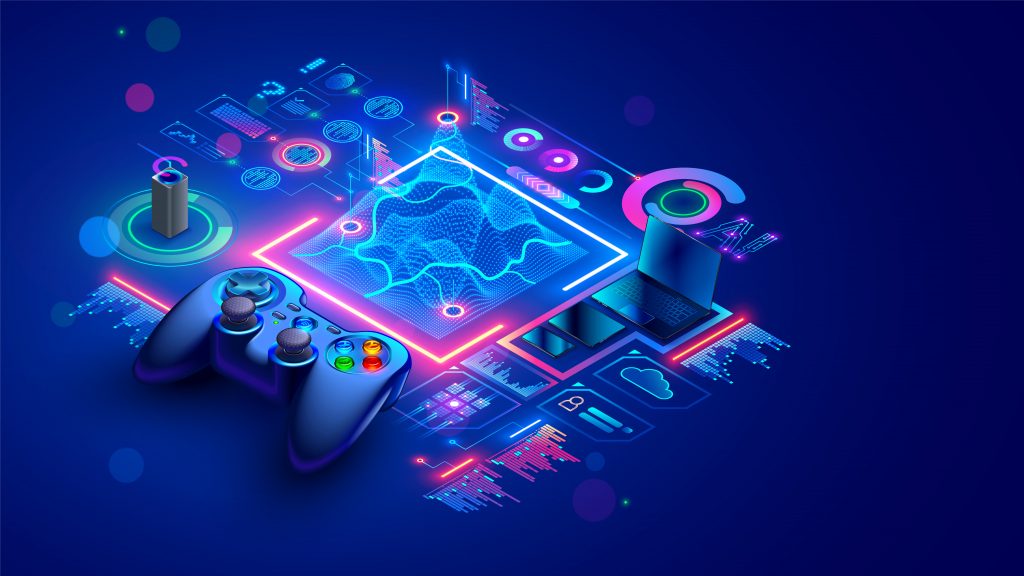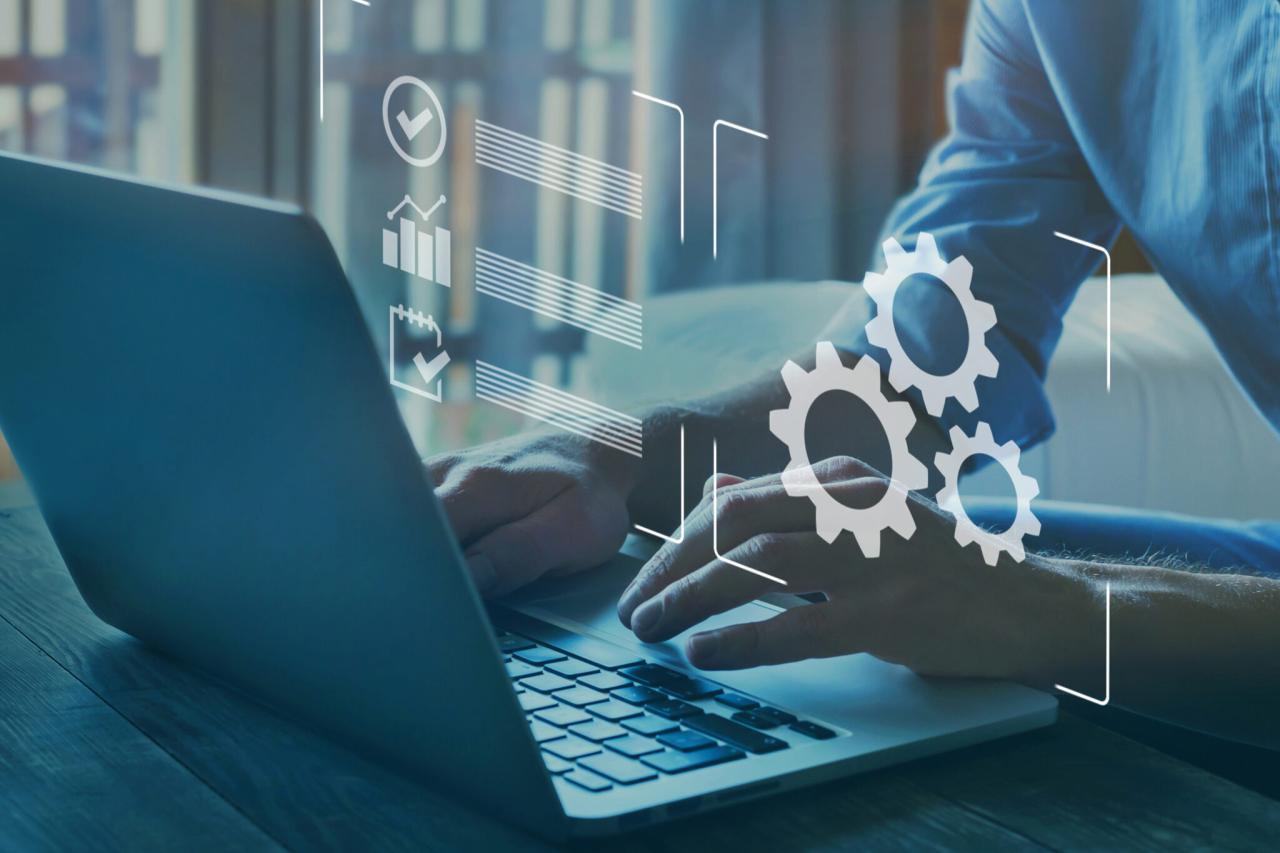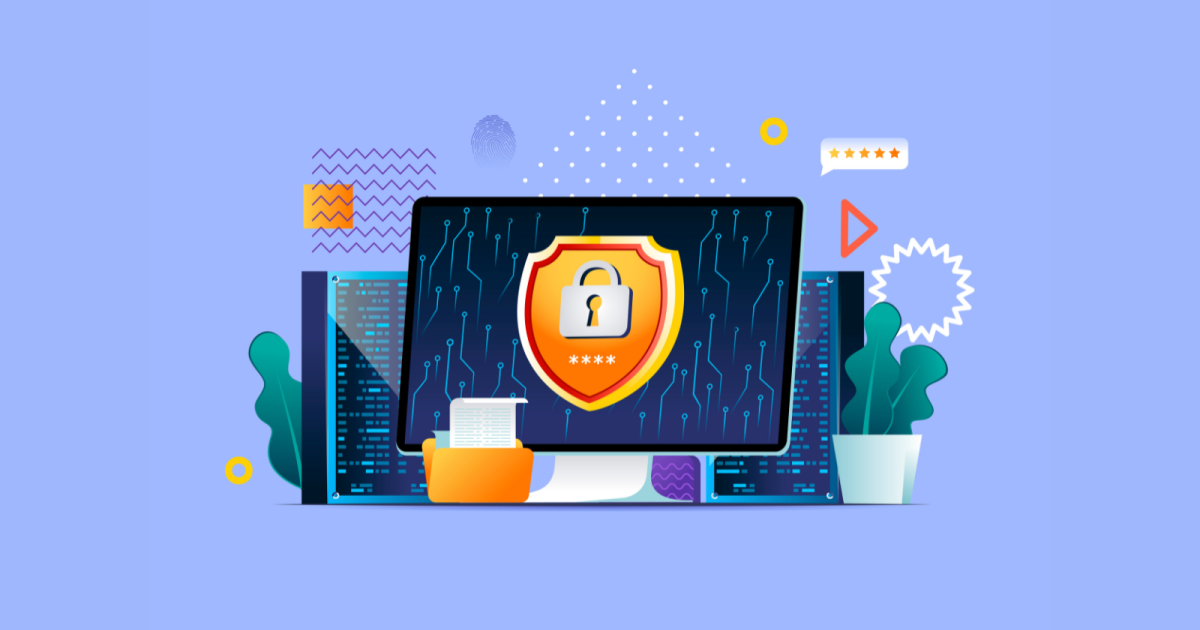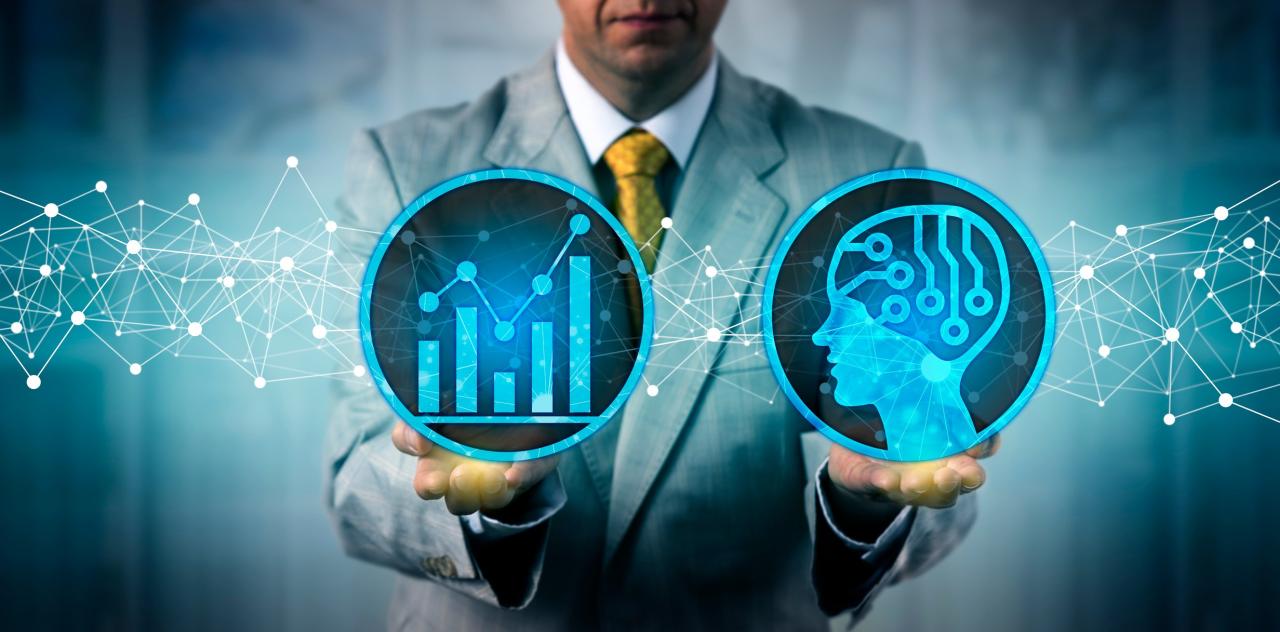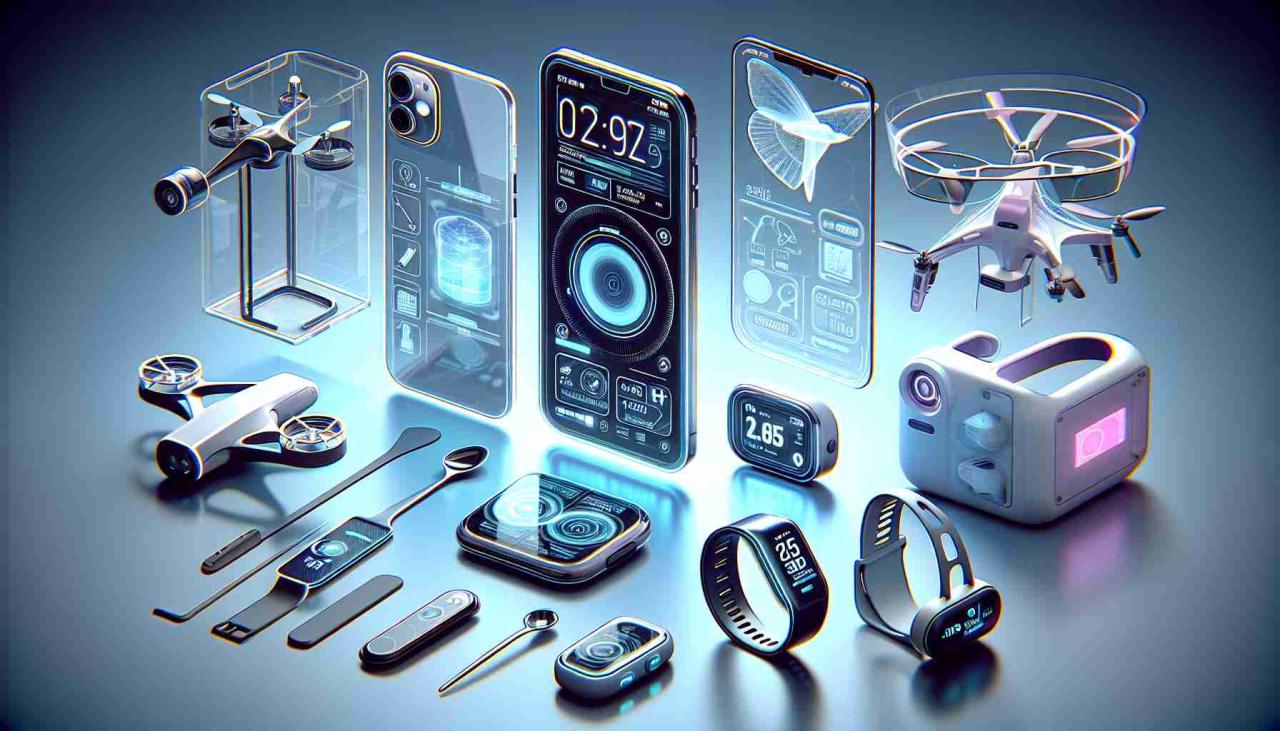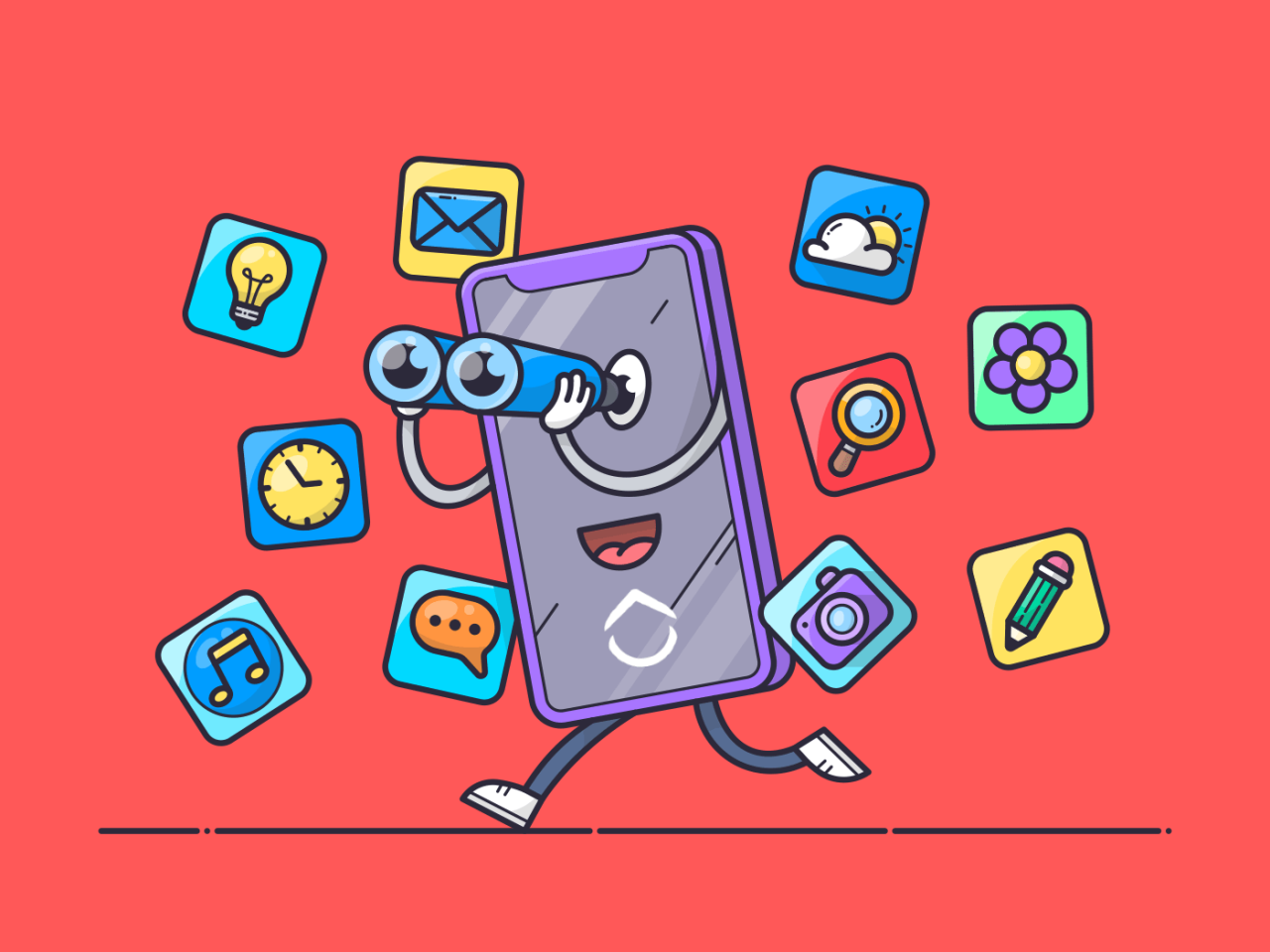AI Powering Next-Gen Tools: The Future of Innovation Unveiled
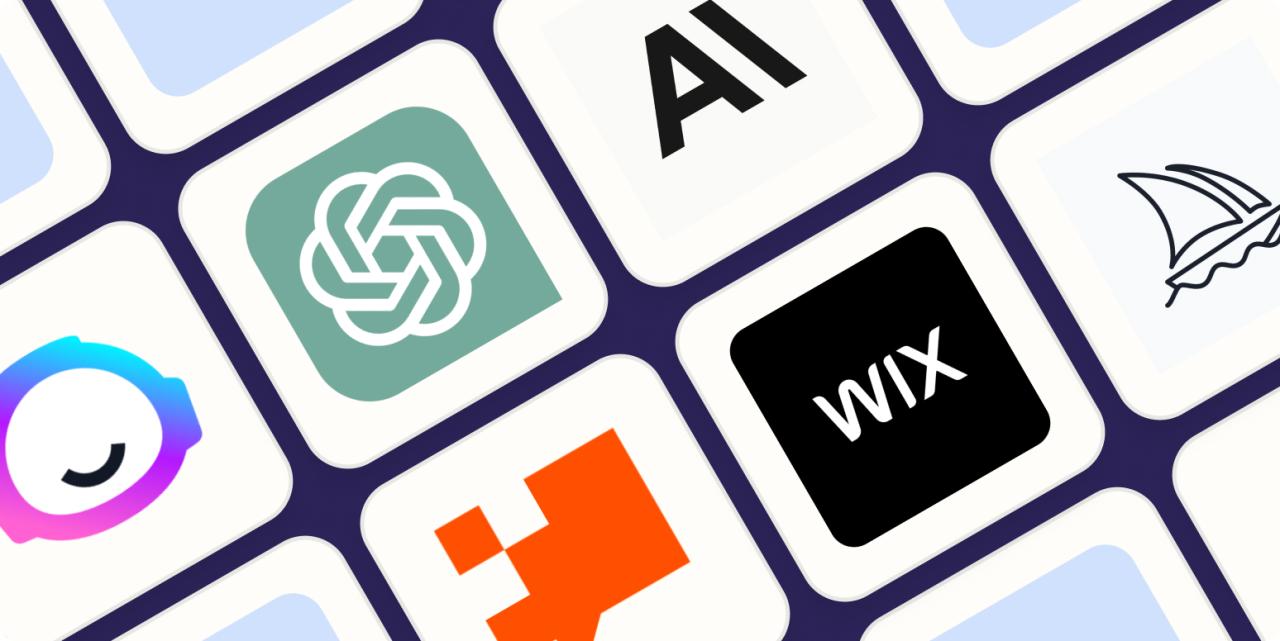
The relentless march of technology has consistently reshaped our world, but perhaps no force is as transformative as Artificial Intelligence (AI). What once resided in the realm of science fiction is now an undeniable reality, fundamentally altering how we interact with, design, and utilize tools across every conceivable industry. From the simplest daily tasks to complex scientific research, AI is not just enhancing existing instruments; it’s birthing an entirely new generation of capabilities, creating efficiencies, unlocking insights, and pushing the boundaries of what’s possible. This comprehensive exploration delves into the profound impact of AI on next-gen tools, examining its current applications, future potential, and the ethical considerations that accompany this technological revolution.
The Dawn of Intelligent Tools
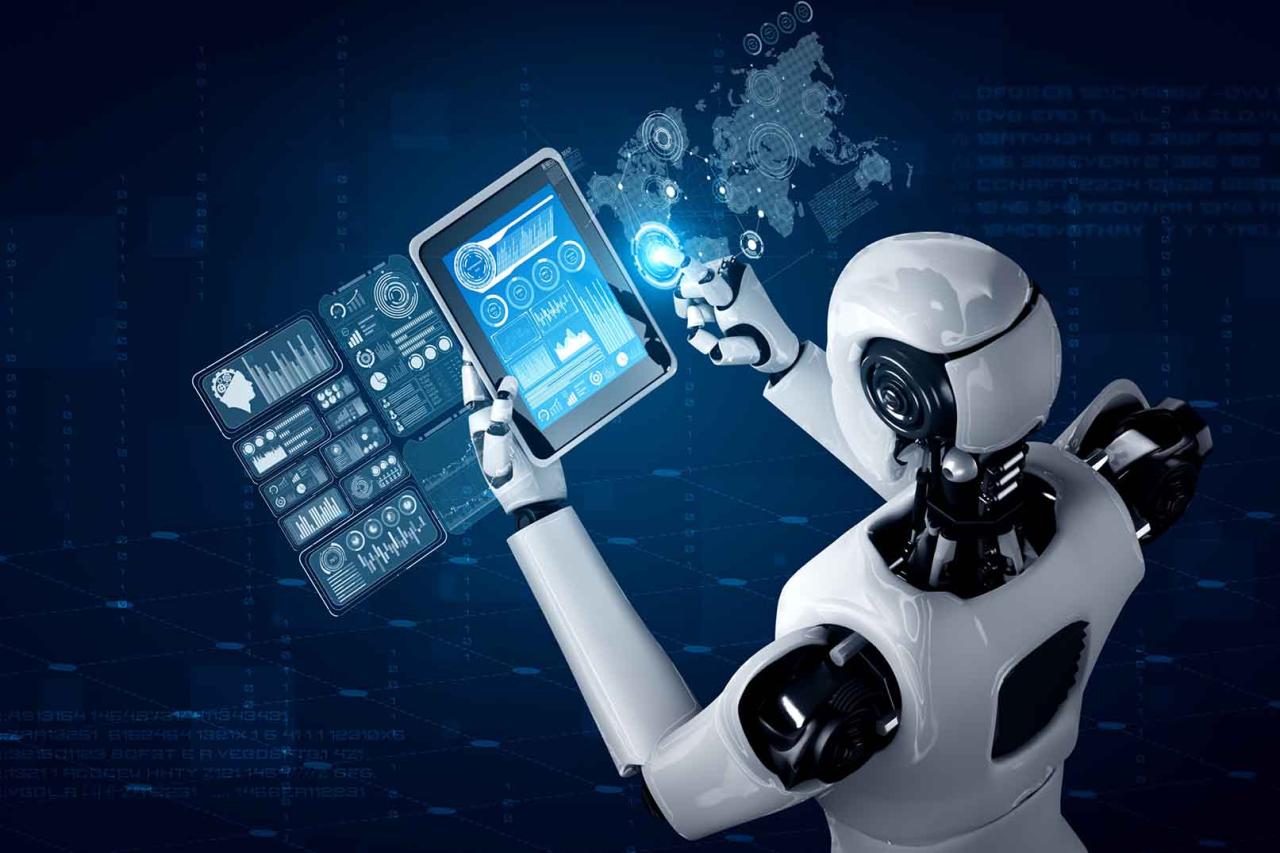
For centuries, tools have been extensions of human capabilities. A hammer extends our strength, a microscope extends our vision. AI, however, takes this concept to an unprecedented level. It imbues tools with intelligence, allowing them to learn, adapt, and even anticipate our needs. This isn’t merely about automation; it’s about augmentation, where AI-powered tools become collaborative partners, enhancing human decision-making and performance in ways previously unimaginable.
The shift is monumental. Traditional tools require explicit instructions and human oversight for every action. Next-gen AI tools, conversely, can process vast amounts of data, identify patterns, and execute tasks autonomously or semi-autonomously. They can optimize processes, predict outcomes, and even generate novel solutions. This fundamental change in how we conceive and interact with our instruments is driving unprecedented advancements across diverse sectors.
Transforming Industries with Next-Gen Tools
The integration of AI into various toolsets is already yielding remarkable results. Let’s explore some key areas where this transformation is most evident:
A. Business and Productivity
In the corporate world, AI-powered tools are revolutionizing everything from customer service to data analysis.
- Customer Relationship Management (CRM): AI-driven CRMs analyze customer interactions, predict purchasing behaviors, and automate personalized communications, enhancing engagement and sales. Tools like Salesforce Einstein leverage AI to provide intelligent insights and recommendations for sales and service teams.
- Project Management: AI-infused project management platforms can predict potential delays, allocate resources optimally, and even suggest task breakdowns based on historical data and team performance. This ensures smoother workflows and more efficient project completion.
- Data Analytics and Business Intelligence: AI algorithms sift through colossal datasets, identifying trends, anomalies, and correlations that would be impossible for humans to discern. Tools like Google’s Looker or Tableau, augmented with AI, offer predictive analytics, natural language processing for queries, and automated report generation, empowering businesses to make data-driven decisions with unprecedented speed and accuracy.
- Automated Content Generation: AI writers and content creation tools are assisting marketers and publishers by generating drafts for emails, social media posts, and even articles. While human oversight remains crucial for quality and nuance, these tools significantly accelerate content production.
B. Healthcare and Medicine
The medical field is experiencing a profound overhaul thanks to AI-powered diagnostic and therapeutic tools.
- Diagnostic Imaging: AI algorithms can analyze medical images (X-rays, MRIs, CT scans) with greater speed and accuracy than human eyes, identifying subtle indicators of diseases like cancer or retinopathy at earlier stages. Tools developed by companies like Google Health or IBM Watson Health are at the forefront of this.
- Drug Discovery and Development: AI accelerates the research process by predicting molecular interactions, screening potential drug candidates, and optimizing experimental designs, drastically reducing the time and cost associated with bringing new medications to market.
- Personalized Medicine: AI tools analyze a patient’s genetic profile, lifestyle, and medical history to recommend highly personalized treatment plans, optimizing efficacy and minimizing adverse reactions. Wearable devices integrated with AI monitor vital signs and can alert users or healthcare providers to potential health issues, moving healthcare from reactive to proactive.
- Robotic Surgery: While not fully autonomous, AI enhances robotic surgical tools by providing surgeons with enhanced precision, real-time data, and even haptic feedback, leading to less invasive procedures and faster patient recovery.
C. Creative Industries
AI is not just for logic and data; it’s proving to be an invaluable partner in creative endeavors.
- Graphic Design and Image Generation: AI tools can generate unique images, suggest design layouts, and even automate tedious tasks like background removal or image upscaling. Platforms like Midjourney, DALL-E, or Adobe Sensei allow creators to rapidly prototype ideas and expand their creative horizons.
- Music Composition and Production: AI can compose original melodies, generate harmonies, and even assist with mastering tracks, offering new avenues for musicians and producers.
- Video Editing: AI-powered software automates tasks like shot selection, color correction, and even scene transitions, significantly speeding up the post-production process for filmmakers and content creators.
- Architecture and Engineering: AI assists in generative design, exploring thousands of design permutations based on specified parameters (e.g., material strength, cost, energy efficiency), leading to optimized and innovative structural solutions.
D. Manufacturing and Robotics
AI is the cornerstone of Industry 4.0, driving automation, efficiency, and intelligence in factories.
- Predictive Maintenance: AI-powered sensors and analytics predict equipment failures before they occur, allowing for proactive maintenance and minimizing costly downtime on production lines.
- Quality Control: AI vision systems inspect products for defects with unparalleled speed and accuracy, ensuring consistent quality and reducing waste.
- Autonomous Robotics: AI enables robots to perform complex tasks in dynamic environments, from assembling intricate components to navigating warehouses, without constant human intervention. This is crucial for hazardous environments or repetitive tasks that can lead to human fatigue.
- Supply Chain Optimization: AI analyzes vast amounts of data related to logistics, demand forecasting, and inventory management, optimizing supply chains for maximum efficiency and resilience.
E. Education and Learning
AI-powered tools are personalizing and enhancing the learning experience.
- Adaptive Learning Platforms: AI assesses a student’s learning style, strengths, and weaknesses, then customizes learning paths and content to maximize engagement and retention. Tools like Khan Academy use AI to tailor exercises and provide immediate feedback.
- Intelligent Tutoring Systems: AI tutors can provide personalized explanations, answer questions, and offer remediation, acting as a virtual mentor for students.
- Automated Grading: AI can quickly and consistently grade certain types of assignments, freeing up educators to focus on more complex pedagogical tasks and personalized student interaction.
- Content Curation: AI algorithms can sift through vast educational resources, identifying relevant and high-quality content tailored to specific learning objectives or student needs.
How AI Powers Next-Gen Tools
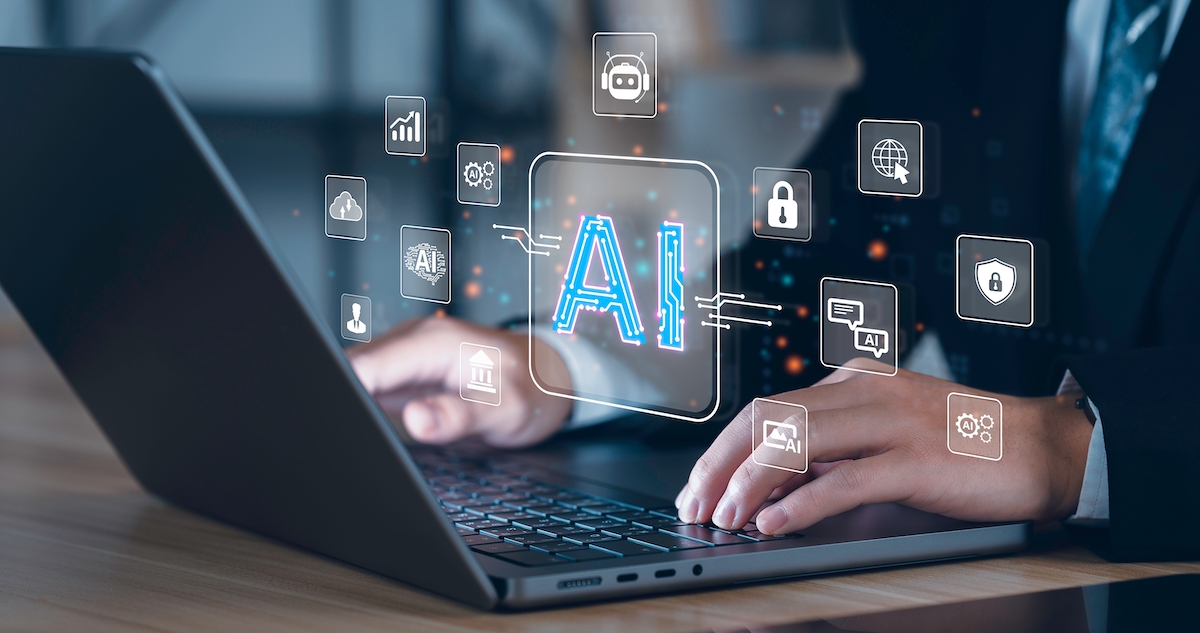
The intelligence infused into these new tools is built upon several foundational AI technologies:
A. Machine Learning (ML)
At the heart of many AI tools, ML enables systems to learn from data without being explicitly programmed.
- Supervised Learning: Tools learn from labeled datasets (e.g., medical images labeled as “tumor” or “no tumor”) to make predictions or classifications. This is crucial for diagnostic tools.
- Unsupervised Learning: Tools identify patterns and structures in unlabeled data, useful for tasks like customer segmentation or anomaly detection in cybersecurity.
- Reinforcement Learning: Agents learn by trial and error, receiving rewards for desired actions. This is key for training autonomous robots or optimizing complex systems.
B. Deep Learning (DL)
A subset of ML, DL utilizes neural networks with many layers (deep neural networks) to process complex data.
- Image Recognition: Powering visual inspection in manufacturing, facial recognition in security, and diagnostic imaging in healthcare.
- Natural Language Processing (NLP): Enabling chatbots, language translation tools, and AI content generators to understand and generate human language.
- Speech Recognition: Allowing voice assistants and dictation software to accurately transcribe spoken words.
C. Natural Language Processing (NLP)
NLP focuses on the interaction between computers and human language.
- Sentiment Analysis: Tools can determine the emotional tone of text, invaluable for customer feedback analysis.
- Chatbots and Virtual Assistants: Providing instant customer support and information retrieval.
- Text Summarization and Generation: Condensing long documents or creating new text from prompts.
D. Computer Vision
This field enables computers to “see” and interpret visual information.
- Object Detection: Identifying specific objects within an image or video, used in autonomous vehicles and surveillance.
- Facial Recognition: Verifying identities and enhancing security.
- Image Understanding: Analyzing scenes and understanding their context, crucial for robotics and augmented reality tools.
Challenges and Ethical Considerations in AI Tool Development
While the potential of AI-powered tools is immense, their development and deployment come with significant challenges and ethical dilemmas that must be addressed.
A. Data Privacy and Security
AI tools often require vast amounts of data, raising concerns about how this data is collected, stored, and used. Ensuring robust data encryption, anonymization techniques, and compliance with regulations like GDPR are paramount. The risk of data breaches and misuse necessitates constant vigilance.
B. Bias and Fairness
AI systems learn from the data they are fed. If this data is biased, the AI will perpetuate and even amplify those biases. This can lead to discriminatory outcomes in areas like hiring, loan approvals, or even medical diagnoses. Developing diverse, representative datasets and implementing fairness metrics are critical to mitigate bias.
C. Explainability (XAI)
Many advanced AI models, particularly deep learning networks, operate as “black boxes,” making it difficult to understand how they arrive at their conclusions. This lack of transparency can be problematic in critical applications like healthcare or legal systems, where accountability and trust are essential. Research into Explainable AI (XAI) aims to shed light on these internal workings.
D. Job Displacement and Economic Impact
As AI tools become more sophisticated, they will inevitably automate tasks currently performed by humans. This raises concerns about widespread job displacement and the need for retraining programs, new social safety nets, and a re-evaluation of the nature of work itself. The focus must shift from simply performing tasks to managing, developing, and collaborating with AI.
E. Misuse and Malicious Applications
Like any powerful technology, AI tools can be misused. This includes the creation of deepfakes for propaganda, autonomous weapons systems, or sophisticated cyberattacks. Establishing strong ethical guidelines, international regulations, and robust security measures is crucial to prevent such misuse.
F. Over-Reliance and Loss of Human Skills
There’s a risk of becoming overly reliant on AI tools, potentially leading to a degradation of human skills in critical thinking, problem-solving, and decision-making. Striking a balance where AI augments human capabilities rather than replaces them entirely is key.
What’s Next for AI-Powered Tools?
The current state of AI-powered tools is just the beginning. The future promises even more sophisticated and integrated solutions.
A. Hyper-Personalization and Adaptive Interfaces
Future tools will not only understand individual user preferences but will adapt their interfaces and functionalities dynamically based on real-time context, emotional state, and even cognitive load. This will lead to truly intuitive and seamless interactions.
B. Autonomous Systems Everywhere
Beyond self-driving cars, expect to see autonomous agents in more aspects of life – from intelligent personal assistants managing schedules and tasks to fully automated manufacturing plants operating with minimal human oversight.
C. Human-AI Collaboration at Scale
The emphasis will shift from tools simply performing tasks to tools actively collaborating with humans on complex problems. AI will act as a force multiplier, augmenting human creativity, strategic thinking, and emotional intelligence. This will involve more natural language interaction and shared understanding.
D. Edge AI and Decentralized Intelligence
More AI processing will occur directly on devices (at the “edge”) rather than relying solely on cloud computing. This will enable faster responses, enhanced privacy, and less reliance on constant internet connectivity, crucial for applications like smart homes, wearable tech, and remote industrial equipment.
E. Ethical AI by Design
Moving forward, ethical considerations will be baked into the design and development of AI tools from the outset, rather than being an afterthought. This includes building explainability, fairness, and transparency into the core algorithms and frameworks.
Conclusion
AI-powered next-gen tools are not just incremental improvements; they represent a fundamental shift in how we work, learn, create, and live. They promise unprecedented levels of efficiency, innovation, and personalization across every sector. However, this transformative power comes with a responsibility to address the ethical, social, and economic implications proactively.
By fostering interdisciplinary collaboration, investing in research and development, and establishing robust regulatory frameworks, we can harness the immense potential of AI to build a future where intelligent tools empower humanity, solve complex global challenges, and unlock new frontiers of innovation. The journey has just begun, and the intelligent revolution, powered by AI, is poised to redefine our relationship with technology for generations to come.

